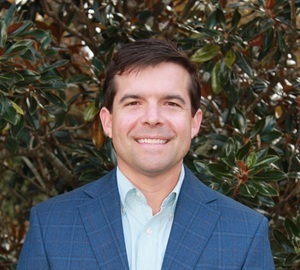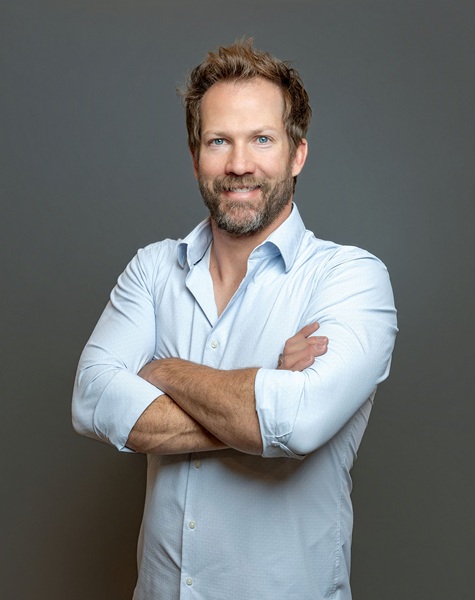D&O and E&O Offer Growth Opportunities for Agents and Brokers

By: Mark Azzolino and Anthony Dolce
While many businesses—especially nonprofit organizations and foundations—typically purchase management liability coverage such as directors & officers to help protect the people in charge, some businesses may not be getting enough coverage and protection. This is where agents and brokers become invaluable by taking the extra step to present errors & omissions insurance as a solution for comprehensive executive and business risk management.
While D&O and E&O insurance are both essential coverages for business, the policies are different—even though both complement each other. While D&O insurance helps protect the personal assets of directors and officers against claims alleging mismanagement of their organization, it does not cover every kind of liability claim, such as claims related to professional services given.
Many nonprofit organizations and foundations typically get D&O insurance to help protect the people in charge. However, it is important to be aware of what services and exposures are covered within the organization’s D&O policy—because these policies don’t typically cover professional liability claims.
The core purpose of D&O insurance is the same for public and private companies: To protect the personal assets of directors and officers from litigation stemming from their service in those roles at an organization. However, the D&O exposures may differ to a certain degree depending on the role and responsibilities within a particular enterprise.
E&O insurance, on the other hand, provides coverage to the insured entity and its employees for actual or alleged negligence for professional services provided to others.
It is also important to note that while some D&O policies may broaden the policy definition of wrongful acts covered to include other exposures, some agents and brokers may interpret this as also providing E&O coverage for professional services. However, this is not always true. With D&O policies, almost all of them have a specific professional services exclusion built in.
While the nuances there can be tricky, there is nothing complicated about the opportunities the D&O and E&O marketplace offers agents and brokers, both in terms of generating new business and protecting their own organizations. Agents can assess potential gaps in an overall risk management program and advise on coverages that can help navigate today’s changing liability environment.
The gap in E&O insurance can become apparent during an endowment or grant review and administration process; if a nonprofit foundation or organization faces a lawsuit claiming errors in their marketing or promotion materials; if there are errors in their administration of the endowment or grant; if a director or officers’ actions result in personal injury, such as libel or slander; and if they are accused of discriminatory behavior. This type of exposure for nonprofits would be covered under E&O insurance as opposed to D&O.
Public companies can also face securities suits from disgruntled shareholders, as well as for actions around mergers & acquisitions. Lawsuits can arise from investors, customers, and suppliers who are unhappy with the decisions made by the company’s directors and officers during normal operations. For private enterprises though, D&O coverage is more expansive because most policies extend coverage to the entity. This means that distinct sources of litigation can be family members, in the case of succession planning, and minority shareholders.
D&O and E&O: How They Interact with Other Coverages
Relatively new exposures arising from such issues as cybersecurity and the #MeToo movement can affect both public and private companies. The D&O exposure often hinges on the corporate governance and culture of a company. For example, issues of governance come into play when and how circumstances that involve alleged harassment are reported and responded to, which could include having a documented process to fully investigate and respond to complaints of harassment.
The D&O policy would typically exclude matters covered by employment practices liability insurance (EPLI) but respond to issues that involve governance. EPLI is separate from both D&O and E&O insurance and helps protect businesses from employment-related claims like wrongful termination, discrimination and harassment. The legal costs of employment-related claims can be staggering—and they’re on the rise.
A similar situation applies to cybersecurity issues. Board level response and attention to cyber threats, such as the level of funding directed toward company-wide information security and infrastructure, could involve D&O coverage. A cyber liability policy on the other hand, would typically cover both third-party claims emanating from a cyber event and attendant first-party notification requirements, credit monitoring investigations and other expenses associated with a data security breach, like identity protection solutions, public relations, and legal fees. Cyber liability policies, like EPLI, are often separate from both D&O and E&O liability policies.
What Agencies Need to Do
Insurance agencies are sometimes in that group of organizations with uninsured D&O and E&O exposure and should not overlook how they could benefit from such coverage. For example, if an insurance agency offers equity shares to attract or retain personnel, the D&O policy could provide protection against allegations of unfair administration of those shares that could include disputes over equity, distribution and valuation.
This coverage is particularly important as M&A activity increases in the agent and broker community. In addition, as agencies grow and bring on new producers, there can be litigation between a producer’s current and former company over allegations of poaching.
Even when organizations believe they have the right corporate governance in place, some unique situations may leave board members exposed. To prepare for such distinct circumstances for board members like conflicts of interest, it’s really all about readiness.
Agencies need to conduct tabletop exercises and run through what-if scenarios to prepare themselves for possible problems. An organization’s leaders might consider how they would respond if they received a call informing them of a data breach. The what-if exercise would proactively resolve questions such as who would lead the resolution process, who would handle the insurance issues and who would deal with media inquiries.
Ideally, there’s a strong risk management operation in place, and running through the scenarios will leave the organization in the best possible position to preserve its reputation and respond quickly and effectively to an event.
Mark Azzolino leads the management liability and enterprise solutions profit centers of The Hartford’s global specialty financial lines segment. Anthony Dolce is head of professional liability at The Hartford.
Headquartered in Hartford, Connecticut, The Hartford® is The Hartford Financial Services Group, Inc. and its property and casualty subsidiaries, including Hartford Fire Insurance Company. The information provided herein is intended to be general in nature. It is not advice of any nature with respect to any individual or business. The Hartford makes no representations or warranties herein. Coverage discussed herein will not, in any way, impact coverage afforded under any policy of insurance. The implementation of any recommendation contained herein is not guaranteed to: (i) result in the elimination of any unsafe conditions at your business locations or with respect to your business operations; or (ii) be an appropriate legal or business practice. The Hartford assumes no responsibility for the control or correction of hazards or legal compliance with respect to your business practices, and the views and recommendations contained herein shall not constitute our undertaking, on your behalf or for the benefit of others, to determine or warrant that your business premises, locations or operations are safe or healthful, or are in compliance with any law, rule or regulation. Readers seeking to resolve specific safety, legal or business issues or concerns related to the information provided in these materials should consult their safety consultant, attorney or business advisors. All information and representations herein are as of May 2022.










